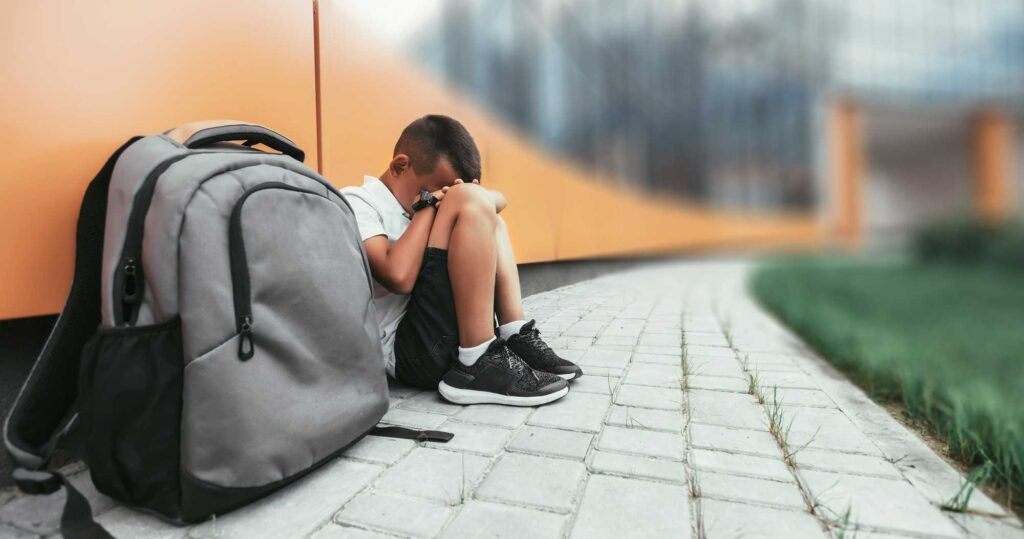The Rising Issue of School Bullying

Bullying has become a severe problem in schools worldwide. In recent years, the incidence of school bullying has significantly increased, having profound negative impacts on the physical and mental well-being of students. Bullying behaviors include physical violence, verbal abuse, cyberbullying, exclusion, and harassment. These actions not only severely violate the rights of the victims but […]
Why One-on-One Teaching is the Best Choice

When selecting an education center, many parents consider the cost of tuition. However, cheaper options often come with hidden costs. Let’s explore why choosing one-on-one teaching, rather than an affordable large-class education, is the best decision for your child’s future. Differences in Teaching Methods We can compare teaching methods to modes of transportation. Large-class education […]
The Revolutionary Reform of Malaysian Primary Education

When you think of Malaysian education, traditional classrooms with children buried in thick textbooks might come to mind. But times are changing, and Malaysia is striving to break free from conventional education frameworks and embark on a profound reform journey. Let’s explore the current state and the path of reform in Malaysian primary education, and […]
Is it strange for Chinese kids not to speak Chinese?

In the wave of globalization, family immigration has become the norm. However, this comes with an issue that cannot be overlooked—the loss of language. Many Malaysian Chinese families find that after moving abroad, their children gradually lose the ability to speak Chinese. This isn’t just a loss of language; it weakens cultural identity. Language is […]
How Important is Preschool Education in Malaysia?

In recent years, parents in Malaysia have increasingly prioritized their children’s preschool education. This trend is driven by several factors, including heightened social competition, evolving educational philosophies, concerns about future career prospects, and rapid technological advancements. Many parents feel an urgent need to prepare their children before they start school, hoping to lay a solid […]
The Future of Education and YelaoShr®’s Innovative Breakthroughs

In the past few years, due to the global pandemic, online courses have become a mainstream form of education. Despite some initial challenges and negative impacts, the long-term value of online education has not diminished. In fact, online courses are rapidly evolving and are seen as an important trend for the future of to education. […]
